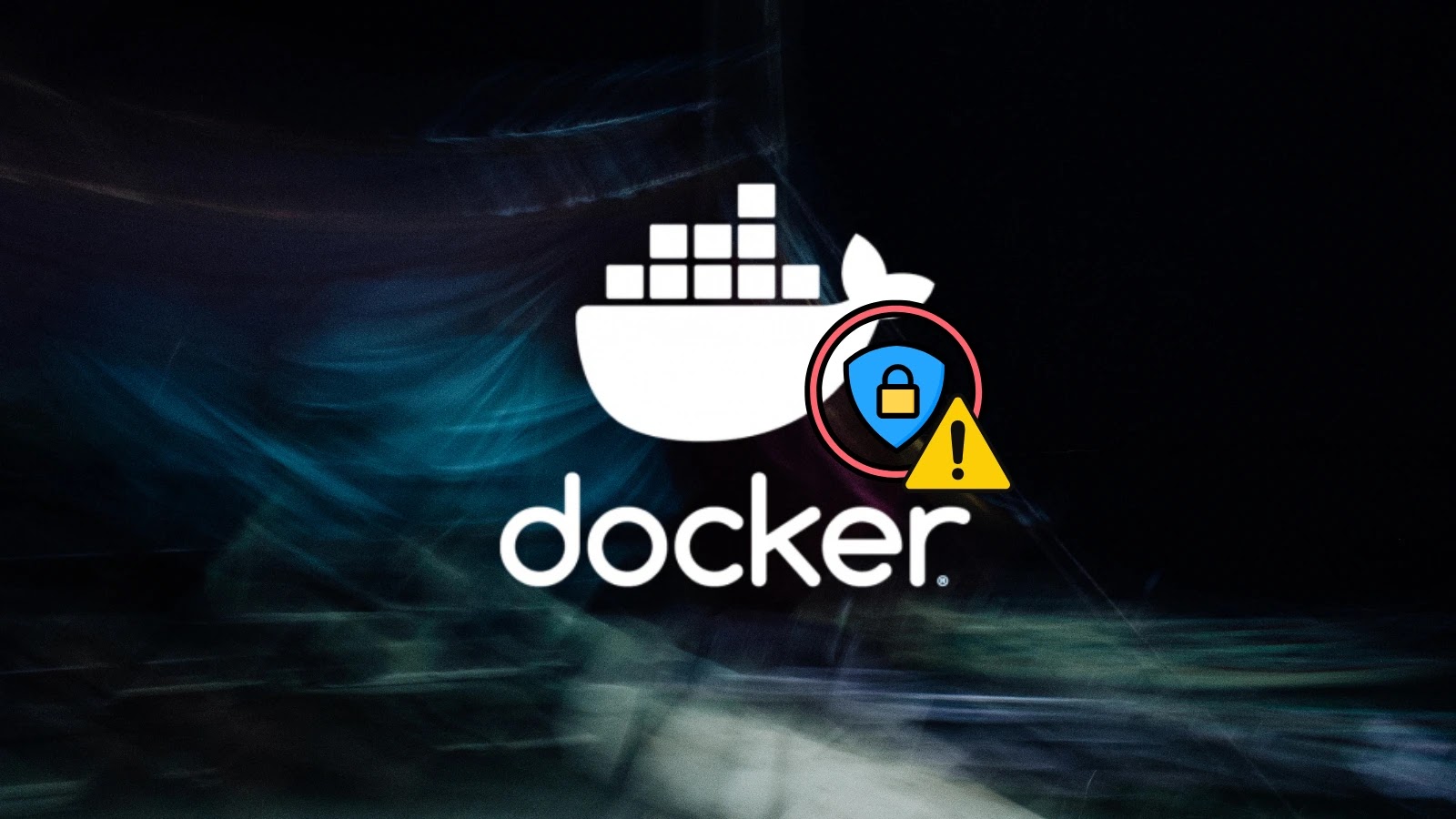
Windows Docker Desktop Vulnerability Leads to Full Host Compromise
Unmasking the Docker Desktop Vulnerability: From SSRF to Full Host Compromise
The promise of containerization is powerful: isolated environments that streamline development and deployment while enhancing security. However, recent disclosures remind us that even the most robust isolation mechanisms can have critical chinks in their armor. A newly identified vulnerability in Docker Desktop for Windows has laid bare how a seemingly innocuous Server-Side Request Forgery (SSRF) could be escalated to achieve complete host system compromise, shattering the presumed security boundary between container and host.
CVE-2025-9074: The Path to Pwnage
This critical flaw, tracked as CVE-2025-9074, was brought to light by Felix Boulet, who reported it on August 21, 2025. The vulnerability impacts all versions of Docker Desktop for Windows released prior to 4.44.3. At its core, the issue hinges on an SSRF weakness that an attacker can exploit within the Docker Desktop environment. While SSRF vulnerabilities are typically associated with server-side applications making unintended requests, its presence within a containerization platform like Docker Desktop demonstrates a concerning pivot in attack vectors.
The true danger of CVE-2025-9074 lies in its potential for privilege escalation. What starts as an SSRF, a vulnerability that allows an attacker to coerce the server-side application into making requests to an arbitrary domain of their choosing, quickly transcends its initial scope. In this specific context, the SSRF can be leveraged to interact with internal Docker Desktop services or the underlying Windows operating system in ways unintended by the design, ultimately bypassing the intended container isolation.
Beyond Isolation: How the Container Barrier is Breached
Container isolation is a cornerstone of Docker’s security model. It aims to prevent processes running within a container from directly interfering with the host system or other containers. However, CVE-2025-9074 demonstrates a sophisticated method of circumventing this critical barrier.
The SSRF vulnerability, when exploited, allows the attacker to craft requests that Docker Desktop’s internal components dutifully execute. By carefully manipulating these requests, an attacker could potentially:
- Access sensitive host-level configuration files.
- Execute arbitrary commands on the Windows host.
- Elevate privileges to administrative levels.
- Establish persistence on the compromised system.
This escalation from a seemingly limited SSRF to a full host compromise underscores the importance of stringent security controls even within seemingly self-contained environments. It highlights that the attack surface extends beyond just the containerized applications themselves, encompassing the underlying containerization platform.
Remediation Actions and Mitigations
Given the severity of CVE-2025-9074, immediate action is imperative for any organization or individual utilizing Docker Desktop for Windows. The primary and most effective mitigation is to update Docker Desktop immediately.
- Update Docker Desktop: Ensure your Docker Desktop for Windows installation is at version 4.44.3 or greater. This version contains the patch for CVE-2025-9074.
- Regular Patching: Implement a robust patch management strategy for all software, especially containerization platforms and operating systems.
- Least Privilege Principle: Always run Docker Desktop and any associated services with the minimum necessary privileges.
- Network Segmentation: Where possible, segment networks to limit exposure of Docker Desktop to untrusted external networks.
- Security Audits: Conduct regular security audits and penetration tests on systems running Docker Desktop to identify potential vulnerabilities.
- Monitor Logs: Implement comprehensive logging and monitoring for Docker Desktop activity, looking for unusual requests or process executions.
Tools for Detection and Mitigation
While updating is the primary remedy, a proactive security posture involves using tools to assess and monitor your environment. Here are some relevant tools that can assist in identifying potential vulnerabilities or unusual activity related to container environments:
| Tool Name | Purpose | Link |
|---|---|---|
| Docker Scout | Image vulnerability scanning and supply chain security. | https://www.docker.com/products/docker-scout/ |
| Snyk Container | Container image and open-source vulnerability scanning. | https://snyk.io/product/container-security/ |
| Trivy | Open-source vulnerability scanner for container images, filesystems, and Git repos. | https://aquasec.com/products/trivy/ |
| Microsoft Defender for Cloud (Containers) | Cloud-native security for containerized environments on Azure and hybrid clouds. | https://learn.microsoft.com/en-us/azure/defender-for-cloud/defender-for-containers-introduction |
| Sysdig Secure | Runtime security, vulnerability management, and compliance for containers and Kubernetes. | https://sysdig.com/products/secure/ |
Key Takeaways for Container Security
The disclosure of CVE-2025-9074 offers a stark reminder that no technology is inherently immune to vulnerabilities. For IT professionals, security analysts, and developers, the key takeaways are clear:
- Vigilance is paramount: Even seemingly benign vulnerabilities like SSRF can have cascading effects, leading to catastrophic compromise.
- The platform matters: Security extends beyond the applications deployed within containers to the containerization platform itself.
- Proactive patching: Timely updates are the most critical defense against known vulnerabilities.
- Defense in depth: Relying on a single security boundary (like container isolation) is insufficient; layered security controls are essential.
As container adoption continues to expand, maintaining a robust security posture for the underlying infrastructure, including Docker Desktop, will be critical to protecting host systems from advanced attacks.





